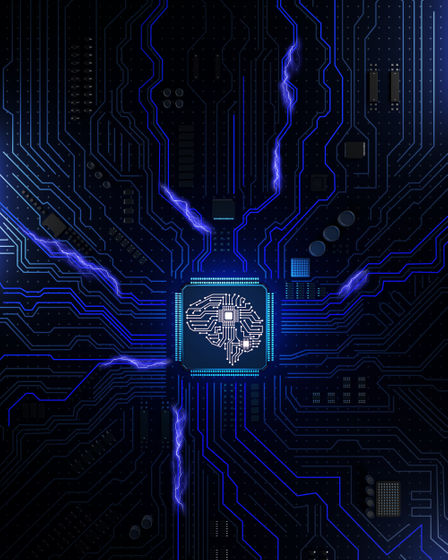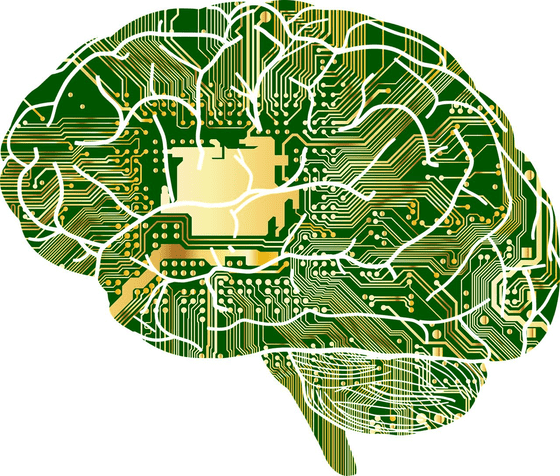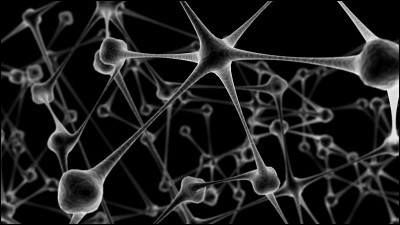Technology to 'copy and paste' the brain into semiconductors announced

On September 23, 2021, researchers at Samsung and Harvard University announced a technology for three-dimensionally mapping the structure of the cranial nerves and reproducing it on a semiconductor. This is expected to greatly advance the fields of machine learning, semiconductor technology, and neuroscience.
Neuromorphic electronics based on copying and pasting the brain | Nature Electronics
Samsung Electronics Puts Forward a Vision To'Copy and Paste'the Brain on Neuromorphic Chips – Samsung Global Newsroom
https://news.samsung.com/global/samsung-electronics-puts-forward-a-vision-to-copy-and-paste-the-brain-on-neuromorphic-chips
Samsung presents vision for brain-like neuromorphic chips
https://www.koreatimes.co.kr/www/tech/2021/09/133_316022.html
Advocated by American computer scientist Carver Mead in the late 1980s, ' neuromorphic engineering ' is a research field that aims to reproduce the structure and function of nerve cell networks on silicon chips. However, little is known even in modern science and technology how a large number of nerve cells are connected to produce higher-order functions of the brain.
Therefore, a research team led by Donhee Ham, a professor at Harvard University's Faculty of Engineering and Applied Sciences and a Samsung researcher, used a nano-sized electrode array that can be inserted into the brain nerve to conduct cell-to-cell electricity. We have developed a technology that can record signals with high accuracy. Using this electrode array, it is possible to create a neuron map showing how neurons are connected to each other, so it is possible to 'copy' the structure of neurons in the brain.

The copied neuron structure can be 'pasted' onto the semiconductor by reproducing it in non-volatile memory. For example, a neuron map copied from the brain using
Ham also found that a network of specially designed, dedicated non-volatile memory could be used to copy the structure of the cranial nerves more directly and faster than before. This research is said to greatly advance the field of neuromorphic engineering, which was all about making semiconductor chips that were 'inspired' by the brain rather than strictly imitating the brain.

Since it is estimated that the human brain has about 100 billion nerve cells and 1000 times more synaptic connections, it is necessary to develop a 'neuromorphic chip' that completely imitates the brain. , 'Our leading 3D memory integration technology is essential,' Samsung points out.
'Our vision is very ambitious, but working towards these heroic goals pushes the boundaries of mechanical intelligence, neuroscience, and semiconductor technology,' Ham said of the study. You will be able to do it. '
Related Posts:







